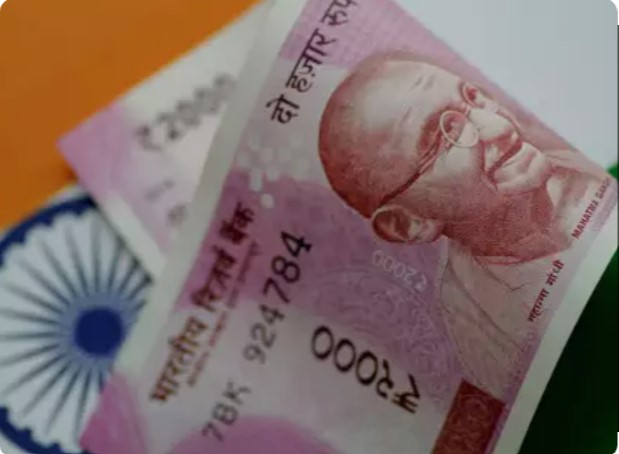The world economy is slowing and may experience a major recession later this year. In earlier recessions, India was hit hard, but the Economic Survey is confident that India has become a resilient economy, far more so than others, that will perform well in the face of global headwinds.
The Economic Survey 2022-23 is a conservative, low-key document with no great rhetorical or policy flourishes. Such Surveys are not reliable indicators of the budget to follow. But one can hazard a guess that Wednesday’s budget will also be fiscally prudent and conservative.
The Survey projects GDP growth in the current fiscal year at 7%, sliding to 6.5% in 2023-24. This is almost exactly in line with the recent World Bank projection of 6.9% and 6.6%, respectively. In both cases, India is projected to be among the fastest-growing major economies, beating China.
Critics will pounce on what appears to be a declining growth trend – from 8.7% in 2021-22 to 7% this year and 6.5% next year. But this should not be mistaken for a long-term structural decline. The world economy is slowing and may experience a major recession later this year. In earlier recessions, India was hit hard, but the Survey is confident that India has become a resilient economy, far more so than others, that will perform well in the face of global headwinds.
But Indian exports could suffer.
The World Economic Outlook of the IMF says that India and China will account for 50% of total world GDP growth in 2023, against just 10% for the USA and Eurozone. That is a remarkable change in the global pecking order.
India, which used to be the world’s biggest beggar for food and foreign aid before economic reforms in 1991, is now a global locomotive, pulling the mighty West along. Finance Minister Sitharaman may well boast about that in her budget speech.
The Survey notes that India has overcome the twin balance sheet problem of the 2010s, indebted corporations pulling down the banks that had lent to them. With the banks well-capitalised and corporations de-leveraged, the balance sheets of both are now strong enough to sustain a burst in bank credit and GDP growth. Credit growth to small businesses has been remarkably high at over 30.5% in January-November 2022. Government capex has been driving the economy in the last two years and private sector capex should now rise too.
Nominal GDP growth is projected at 11% next year. This implies an inflation rate of 4.5%, close to the RBI target of 4.5% and down from 6.8% this year. Recessionary conditions have helped tame prices globally and India is a beneficiary. The price of oil in particular is now below the level a year ago. India is able to buy Russian crude at below $60 per barrel, a major boon. However, the rupee has been sliding against the dollar, so the rupee price of oil — and some other commodities — is still up. The main risk here is that China’s economy may rebound sharply after its Covid lockdown, pulling up commodity prices.
This article was originally published by The Economic Times on Feb 01, 2023


